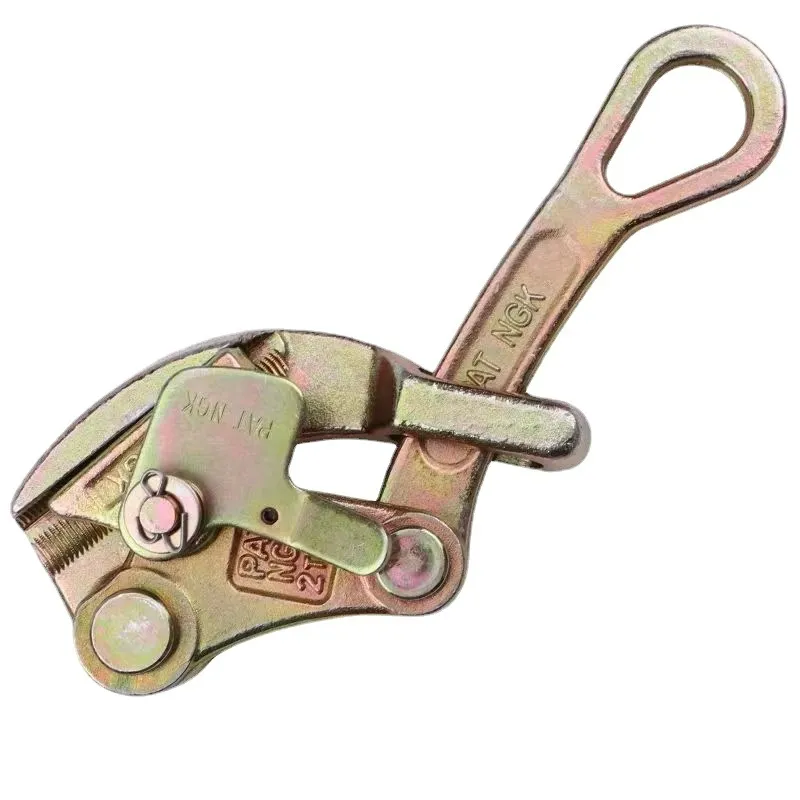
-
 Afrikaans
Afrikaans -
 Albanian
Albanian -
 Amharic
Amharic -
 Arabic
Arabic -
 Armenian
Armenian -
 Azerbaijani
Azerbaijani -
 Basque
Basque -
 Belarusian
Belarusian -
 Bengali
Bengali -
 Bosnian
Bosnian -
 Bulgarian
Bulgarian -
 Catalan
Catalan -
 Cebuano
Cebuano -
 Corsican
Corsican -
 Croatian
Croatian -
 Czech
Czech -
 Danish
Danish -
 Dutch
Dutch -
 English
English -
 Esperanto
Esperanto -
 Estonian
Estonian -
 Finnish
Finnish -
 French
French -
 Frisian
Frisian -
 Galician
Galician -
 Georgian
Georgian -
 German
German -
 Greek
Greek -
 Gujarati
Gujarati -
 Haitian Creole
Haitian Creole -
 hausa
hausa -
 hawaiian
hawaiian -
 Hebrew
Hebrew -
 Hindi
Hindi -
 Miao
Miao -
 Hungarian
Hungarian -
 Icelandic
Icelandic -
 igbo
igbo -
 Indonesian
Indonesian -
 irish
irish -
 Italian
Italian -
 Japanese
Japanese -
 Javanese
Javanese -
 Kannada
Kannada -
 kazakh
kazakh -
 Khmer
Khmer -
 Rwandese
Rwandese -
 Korean
Korean -
 Kurdish
Kurdish -
 Kyrgyz
Kyrgyz -
 Lao
Lao -
 Latin
Latin -
 Latvian
Latvian -
 Lithuanian
Lithuanian -
 Luxembourgish
Luxembourgish -
 Macedonian
Macedonian -
 Malgashi
Malgashi -
 Malay
Malay -
 Malayalam
Malayalam -
 Maltese
Maltese -
 Maori
Maori -
 Marathi
Marathi -
 Mongolian
Mongolian -
 Myanmar
Myanmar -
 Nepali
Nepali -
 Norwegian
Norwegian -
 Norwegian
Norwegian -
 Occitan
Occitan -
 Pashto
Pashto -
 Persian
Persian -
 Polish
Polish -
 Portuguese
Portuguese -
 Punjabi
Punjabi -
 Romanian
Romanian -
 Russian
Russian -
 Samoan
Samoan -
 Scottish Gaelic
Scottish Gaelic -
 Serbian
Serbian -
 Sesotho
Sesotho -
 Shona
Shona -
 Sindhi
Sindhi -
 Sinhala
Sinhala -
 Slovak
Slovak -
 Slovenian
Slovenian -
 Somali
Somali -
 Spanish
Spanish -
 Sundanese
Sundanese -
 Swahili
Swahili -
 Swedish
Swedish -
 Tagalog
Tagalog -
 Tajik
Tajik -
 Tamil
Tamil -
 Tatar
Tatar -
 Telugu
Telugu -
 Thai
Thai -
 Turkish
Turkish -
 Turkmen
Turkmen -
 Ukrainian
Ukrainian -
 Urdu
Urdu -
 Uighur
Uighur -
 Uzbek
Uzbek -
 Vietnamese
Vietnamese -
 Welsh
Welsh -
 Bantu
Bantu -
 Yiddish
Yiddish -
 Yoruba
Yoruba -
 Zulu
Zulu


Dec . 24, 2024 23:43 Back to list
types of fish tape
Understanding the Various Types of Fish Tape A Comprehensive Guide
When it comes to electrical and plumbing work, fish tape is an indispensable tool for professionals and DIY enthusiasts alike. This flexible, long, and durable tool is primarily used for pulling wire through walls, conduits, and other tight spaces. To ensure efficient and effective use, it is essential to understand the different types of fish tape available on the market. Each variety holds unique characteristics that make it suitable for specific tasks and environments.
1. Steel Fish Tape
Steel fish tape is one of the most common types available. It is composed of a flat, rigid steel wire, providing significant strength and durability. This type of tape is ideal for long pulls and when working in challenging environments, such as in walls with multiple bends. Steel fish tape can withstand more wear and tear and is less likely to break when subjected to tension. However, due to its rigidity, it can be challenging to manage in tight spaces and is generally heavier than other types.
2
. Fiberglass Fish TapeFiberglass fish tape is another popular option. Made from a flexible and non-conductive material, this type of tape is perfect for electrical applications, especially when working near live wires. Fiberglass fish tape is lightweight, making it easy to handle, and it can navigate around bends and corners more easily than steel fish tape. Additionally, its non-conductive nature adds an extra layer of safety for electricians. However, while it is flexible, it may not have the same structural strength as steel tape, making it less suitable for very long pulls.
3. Nylon Fish Tape
types of fish tape

Nylon fish tape is known for its remarkable flexibility and ease of use. Typically used for smaller tasks or within conduits, nylon tape can easily navigate tight spaces and sharp turns. It is lightweight and often more manageable than steel or fiberglass options. However, nylon fish tape is generally not as durable, making it less ideal for heavy-duty applications. It is best suited for indoor projects, where there is less risk of abrasion or damage.
4. Retractable Fish Tape
Retractable fish tape is similar in construction to nylon or fiberglass tapes but offers the added advantage of being wound into a compact reel. This design makes it incredibly convenient for storage and quick deployment. Users can quickly unwind and rewind the tape, which saves time and effort during tasks requiring multiple pulls. This type of fish tape is commonly used by electricians working on residential or commercial projects where moving between different areas is frequent.
5. Electrician’s Fish Tape
Electrician's fish tape is specifically designed for residential and commercial electrical applications. It often features markings that help users measure distances accurately while pulling wire. This specialized fish tape may be constructed from either steel or fiberglass, depending on user preferences and specific job requirements. The design of electrician’s fish tape often includes a hook or a special end that assists in gripping onto wires, making it easier to pull them through complicated pathways.
Conclusion
Choosing the right fish tape requires careful consideration of the job at hand. Whether you are a professional electrician, plumber, or a home DIY enthusiast, understanding the differences between steel, fiberglass, nylon, retractable, and electrician’s fish tape can significantly affect the efficiency and ease of your work. Each type has its set of advantages and limitations, making it essential to select one that aligns with your specific needs. By equipping yourself with the right tools, you can tackle wiring and plumbing tasks with confidence and precision, streamlining projects and yielding professional results.
Latest news
What Are Construction Tools and How Are They Used?
NewsJul.11,2025
Professional-Grade Duct Rodding Tools for Superior Cable Installation
NewsJul.11,2025
Enhancing Safety and Efficiency with Modern Hot Stick Solutions
NewsJul.11,2025
Empowering Cable Installation with Advanced Rodder Solutions
NewsJul.11,2025
Elevate Your Cable Installation Projects with Cable Pulling Tools
NewsJul.11,2025
Efficient Cable Handling Solutions: Cable Rollers for Sale
NewsJul.11,2025











